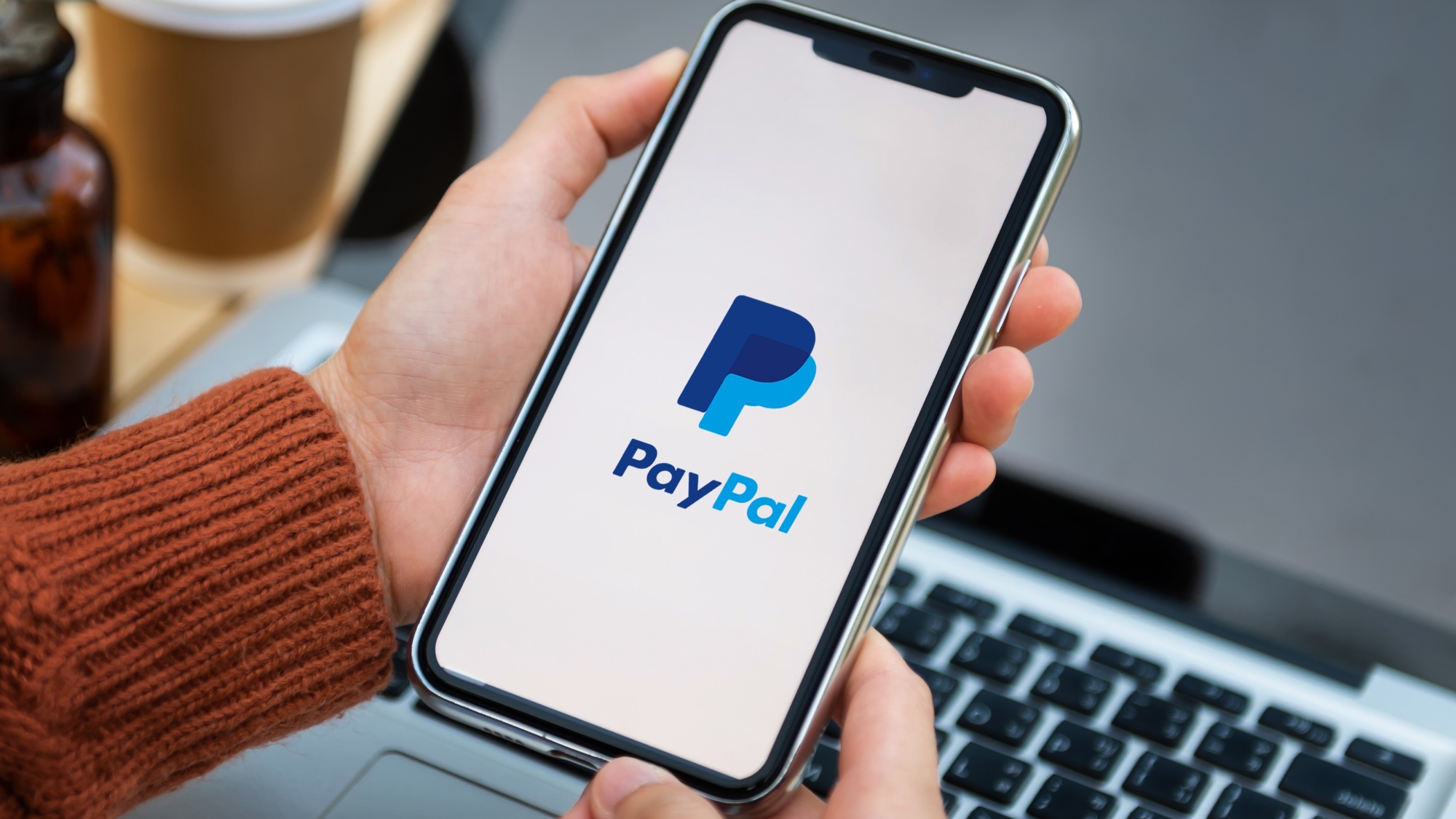PayPal operates as a payment gateway for online vendors, auction sites, and other commercial users.
PayPal allows customers to send, receive, and hold funds in 25 currencies such as USD, EUR, GBP, JPY, and many more. It is widely accepted as a form of payment for goods and services online and is a popular way for individuals to send money to each other.
A PayPal account is a personal or business account that allows you to send and receive payments online. You can link a variety of payment sources to your account, including credit and debit cards, bank accounts, and PayPal balance.
Some Very Important PayPal Information to Note
What is PayPal and how is it used?
PayPal account: Create a Personal or Business Account
PayPal login: Login to your PayPal account
Do you need a bank account for PayPal?
How to withdraw money from PayPal?
Can I Transfer Money From PayPal to my Bank Account?
What Are The Advantages And Disadvantages of Having a PayPal Account?
Are PayPal accounts free? PayPal Charges
PayPal Australia: How do I contact PayPal in Australia?
Advantages of Having a PayPal Account
There are several advantages to having a PayPal account:
- Convenience: With a PayPal account, you can easily send and receive payments/money online without having to enter your financial information every time you want to make or receive a payment.
- General Acceptance: PayPal is widely accepted as a form of payment by online merchants across the world, so having a PayPal account gives you more options when shopping online.
- Security: PayPal uses advanced security measures to protect your financial information, so you can feel confident about making transactions through the platform without fear of losing your money.
- Fast Payment: Payments made through PayPal are processed quickly, so you can receive your money or send payments to others almost instantly.
- Global reach: PayPal supports transactions in over 200 markets and 25 currencies, making it a convenient option for international transactions.
- Access to financial tools: PayPal provides access to tools and services that can help you manage your finances, including the ability to send invoices, track payments, and monitor your account activity.
Disadvantages of Having a PayPal Account
While there are several advantages to having a PayPal account, there are also some disadvantages to consider before you create a PayPal account:
- Fees: PayPal charges fees for certain transactions, such as receiving payments for goods or services, foreign currency conversions, and ATM or Bank withdrawals.
- Charges When Receiving Money: While PayPal is free for personal usage, the company does charge for business use. Basically, if you’re making money utilizing PayPal, then PayPal will make money, too. When you sign up for a business account, PayPal charges 2.9% (as well as $0.30) when receiving money for goods or services.
- Limited customer support: PayPal’s customer support options are limited, and you may have trouble getting the help you need if you have a problem with your account.
- PalPal Account freezes: PayPal can freeze your account without notice if they suspect suspicious activity or a violation of their terms of service. This can cause inconvenience and delay in receiving your funds.
- Not Truly widely accepted in all countries: While PayPal is widely accepted in many countries, it may not be accepted in all countries, especially in some developing countries. Some countries can still not create a PayPal account.
- Potential for fraud: As with any online payment platform, there is a risk of fraud associated with PayPal. You should be cautious when making transactions and always protect your account information to avoid unauthorized access.
- Limitations on account type: The type of PayPal account you have (Personal, Premier, or Business) can affect the features and functions available to you, and some advanced features may require upgrading to a higher-level account.
